Having to deal with water seeping through the ceiling may seem rather tricky to many homeowners. A ceiling leak often indicates the presence of another issue coming from elsewhere. Whether the culprit is a component in the plumbing system or the roof, pinpointing and fixing it as soon as possible will prevent the issue from escalating. Once the source of the leak is repaired, you can tend to the damaged ceiling. Although getting to the root of the problem and solving it is usually the job of a trained professional, many common cases often involve an easy and straightforward fix. If you’re handy with tools, you can consider dealing with the situation yourself — and save a few bucks in the process.
Control the Situation
Your first course of action should be to stabilize the situation. Move any furniture and valuables out of the way to prevent them from possibly getting damaged by the dripping water. Next, place a bucket and tarp under the leaking spot. Your ceiling is most likely covered by drywall which tends to soak up the water or disperse it. In this case, it’s better to control where the water drips from. You can do this by opening up a small hole at the center of the leaking area using an awl or a screwdriver. This way, the water will drip through that hole and into the bucket.
Troubleshoot the Issue
Once the situation is under control, you will need to find out where the leak is coming from. The distance between the source of the leak and the affected part of the ceiling can be quite surprising. Even if the bathroom is directly above the ceiling, for instance, the water can still be coming from anywhere. You could be dealing with a leaking drain, faulty caulking, or loose pipework. Consider cutting a larger hole in the ceiling to determine the source of the leak. One helpful technique involves laying toilet paper sheets along the pipes and joists. The toilet paper will absorb any moisture from a certain spot, narrowing down the source of the leak. Common sources include:
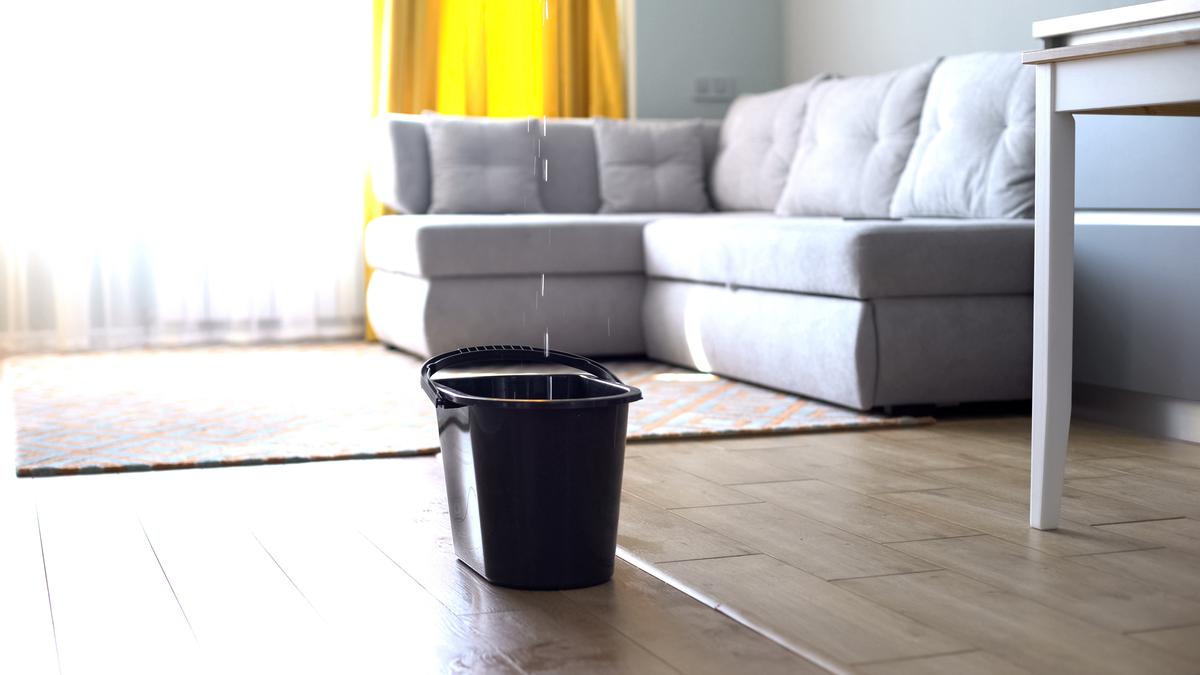
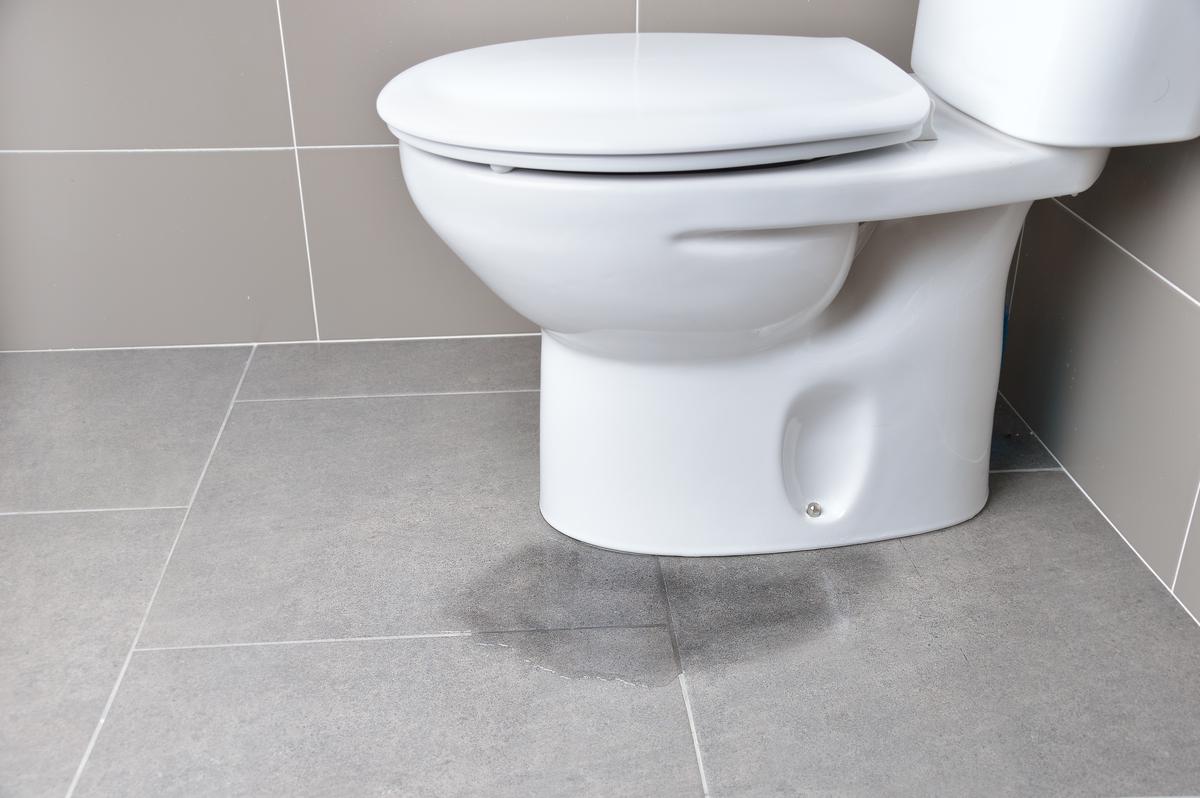
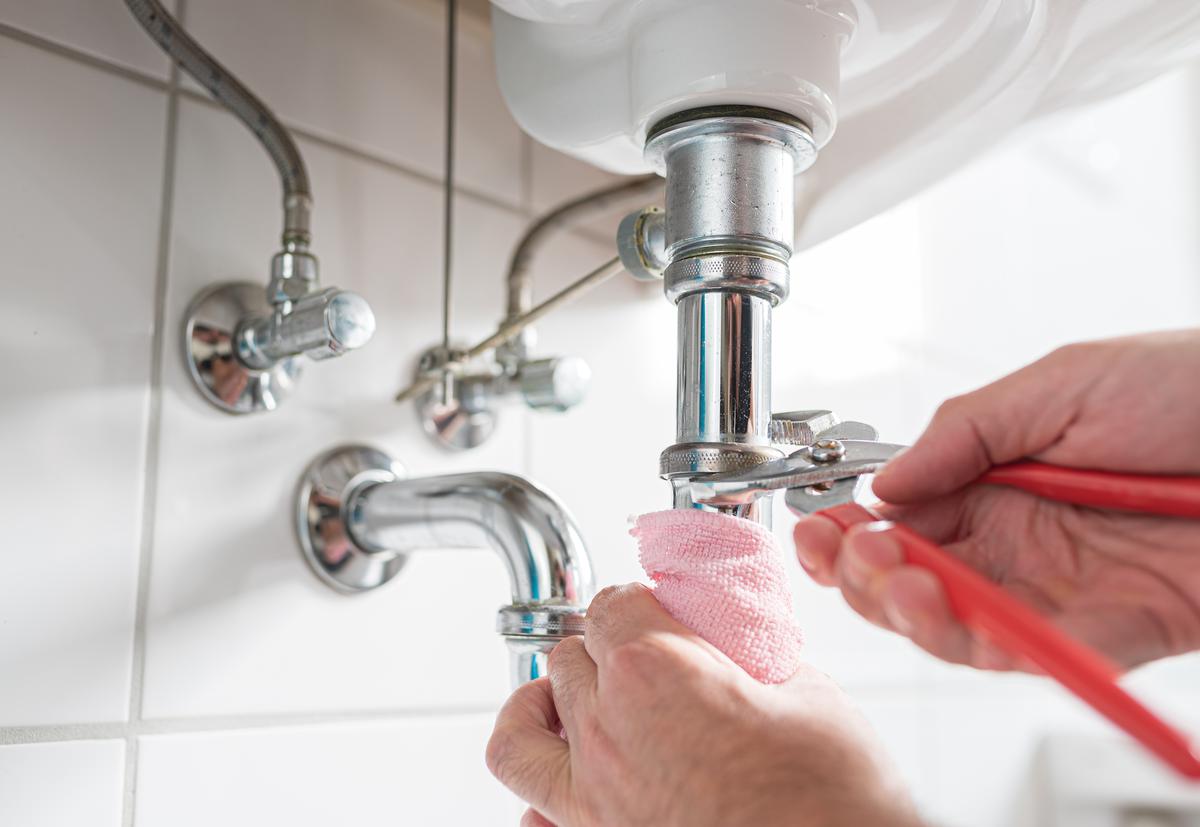

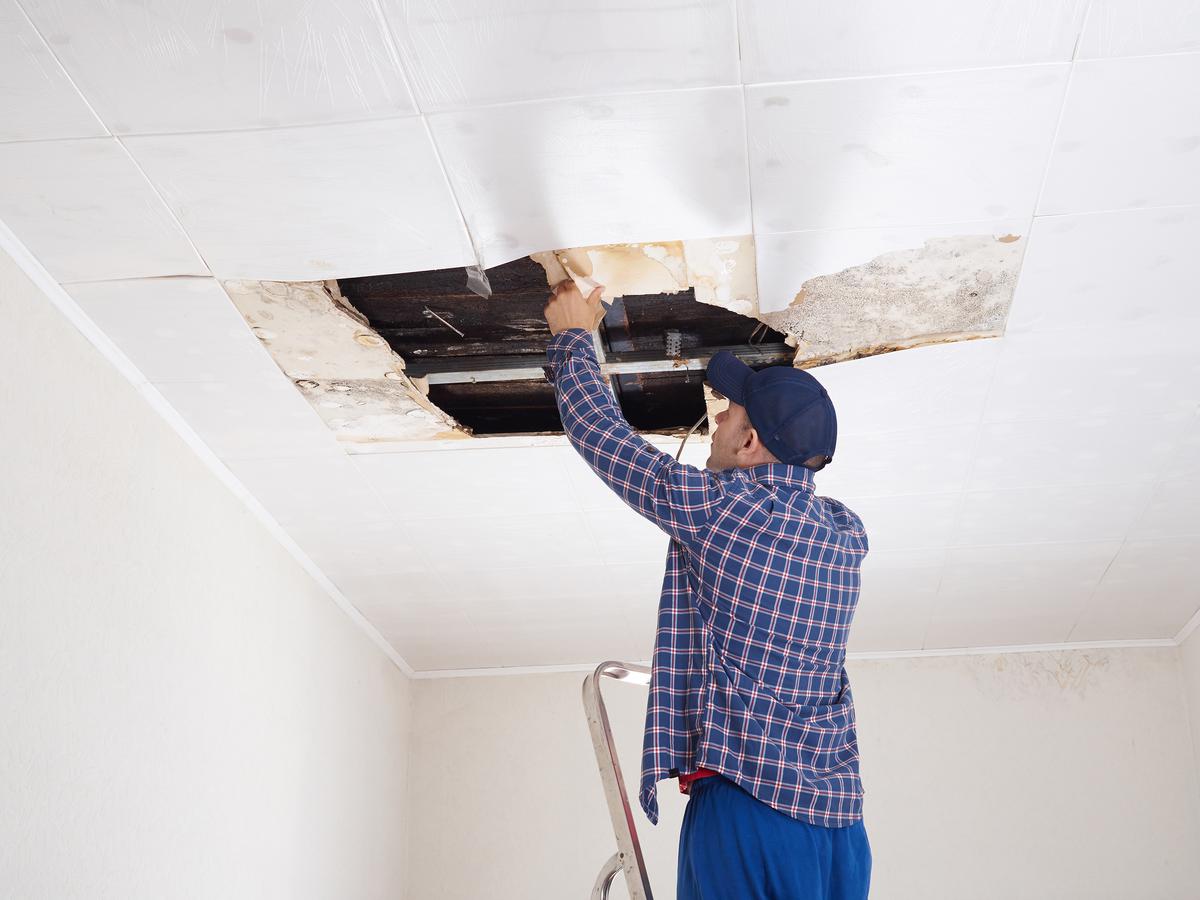


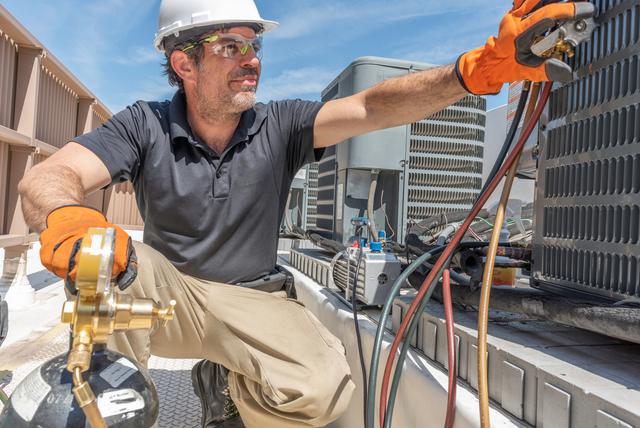
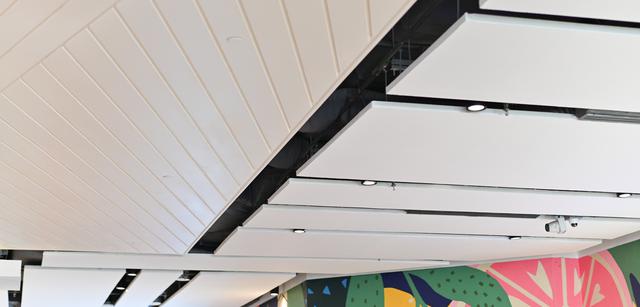
comments